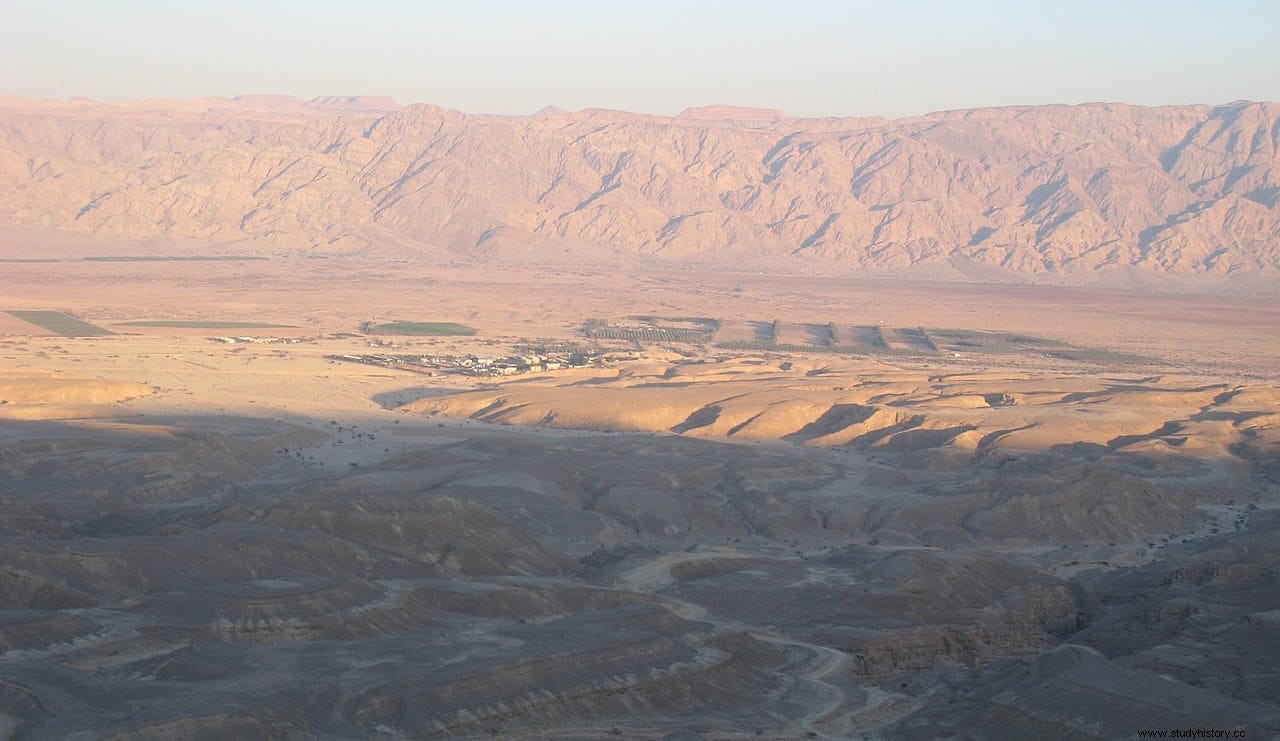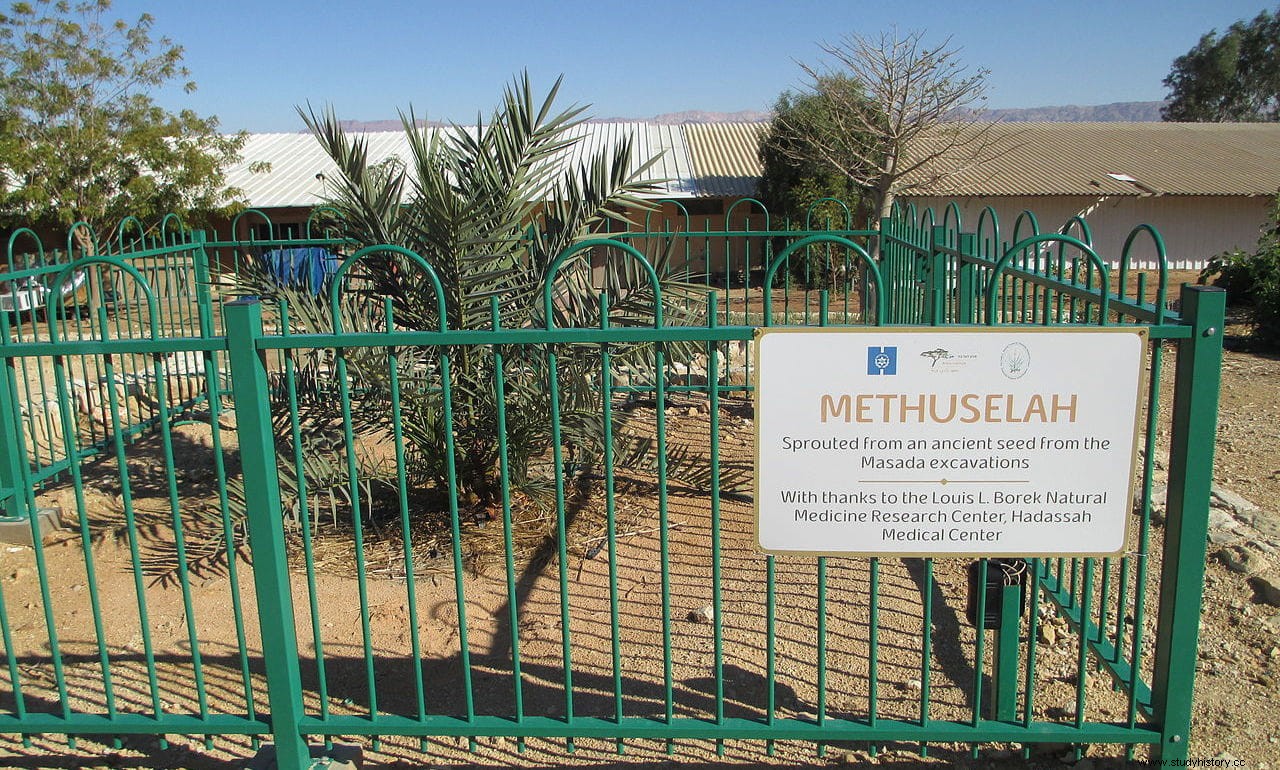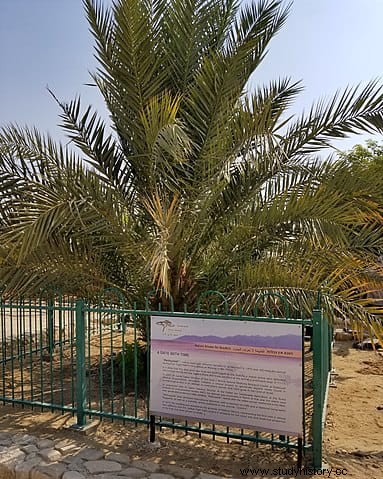Most plants reproduce by seeds. This is how the spermatophytes, which are the largest lineage of plants on Earth, with some 270,000 living species, do it. Each seed contains an embryo from which, under the right conditions, a new plant will develop. The oldest seed corresponds to a fossil found in Belgium, called Roncaría, and which is about 390 million years old.
Some seeds employ an evolutionary adaptation that prevents them from germinating during unsuitable ecological conditions, which would normally lead to a low probability of survival. This adaptation is called latency and allows seeds to survive for long periods of time.
But over time the seeds lose viability, that is, the ability to initiate metabolic activity, cell growth and germination. In general, small seeds, especially those of weedy species and annuals, are more likely to remain viable for a longer time.

Many plant species have seeds that delay germination for many months or years, and some seeds can remain buried in the soil for more than 50 years before germinating. Some seeds have a very long viability period, and the oldest documented germinating seed, from which a plant was born, was almost 2,000 years old according to radiocarbon dating.
It was a Judean date palm seed whose fruits, dates, were the staple food in the Judean desert during ancient times. Thick forests of these palms grew around the Dead Sea and between it and the Sea of Galilee and the Hula Valley regions to the north. Herodotus said that the dates of Judea were drier and less perishable than those of Egypt and, therefore, more suitable for storage and export. Pliny the Elder wrote that they were known for their succulence and sweetness.

However, by the 15th century, date palms had already disappeared from Judea, either due to human action or a change in climate. French writer and diplomat Pierre Belon, who visited the area in 1553, was unable to find any, so he expressed doubt that the region could ever have produced the abundance of dates that ancient sources speak of.
Between the years 1963 and 1965, archaeological excavations were carried out in the palace of Herod the Great in the fortress of Masada (the last stronghold of the Maccabean rebels in the war against Rome in 73 AD), during which a vessel was found of intact clay inside which were several seeds of a date palm. They had been in a very dry and protected environment for centuries. Radiocarbon dating by the University of Zurich confirmed that the seeds dated to between 35 B.C. and 65 AD Not much attention was paid to them and they were transferred to Bar-Ilan University in Ramat Gan, where the seeds were stored for 40 years.

But in 2005, Dr. Elaine Solowey of the Center for Sustainable Agriculture at the Arava Institute for Environmental Studies decided to plant three of those seeds. She prepared them by first soaking them in warm water to soften the outer shell. She then placed them in a bath of acidic hormones, and finally, they were submerged in an enzymatic nutrient solution derived from algae. They were then planted in the Arava, a valley between the southern shores of the Dead Sea and the Red Sea Gulf of Eilat-Aqaba.
Six weeks later one of the seeds sprouted giving rise to a male plant (which cannot bear fruit) which was called Methuselah (referring to Noah's grandfather, the oldest man in the Bible), becoming the oldest plant germinated from the seed in history.

Although the first two leaves were very flat and pale, possibly due to lack of nutrients, the third already looked like a date leaf. By 2008 it had almost a dozen fronds and was 1.4 meters tall. In February 2020 it had reached 3.5 meters in height.
Since 2019 more Judean date palm seeds have been grown, bringing the plant back from extinction. Several of these are female, so they were pollinated with Methuselah pollen. . One of them, named Hannah , yielded dates in 2021.
